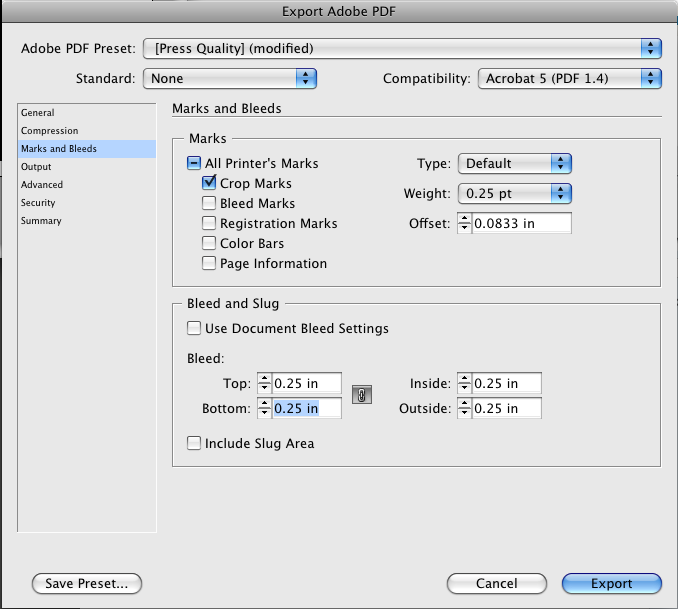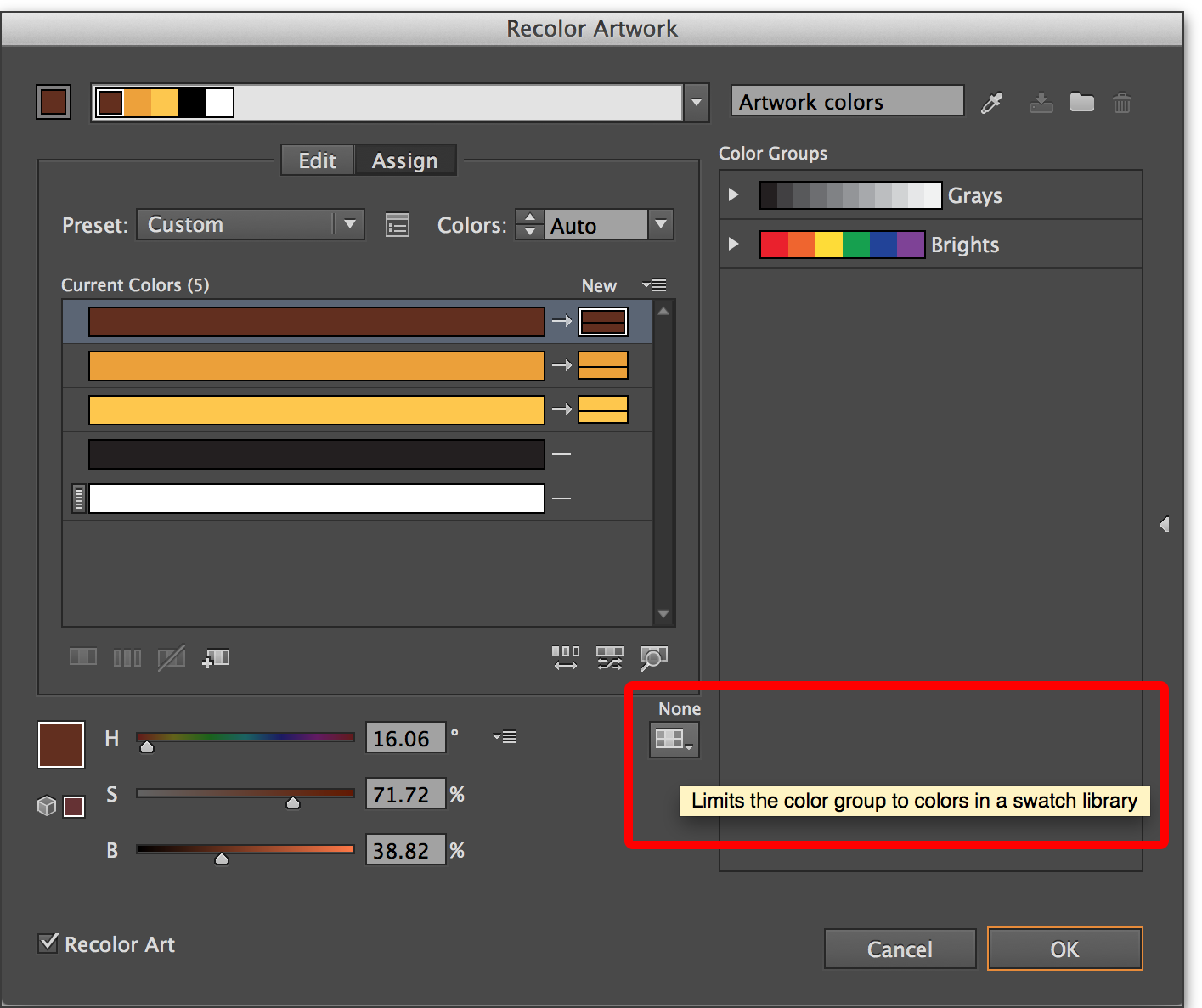

Or, again with no document open set the Preferences > Display Performance to what you prefer. You can also export PDF to In Indesign save as a pdf then open the. To set the Display Performance setting default, with no document open in InDesign, choose the option you want from the View menu. BUT, sometimes Illustrator throws a wobbly and substitutes the fonts for no good reason. With the way technology moves, today's systems, and video cards, are capable of more faster so often you can simply leave it on 'High Quality` and forget about it. This was pretty critical many years ago when it was introduced. The display performance setting is there to allow you to view low resolution proofs while working in an effort to speed up screen redrawing. You should see instant improvement in the display of your placed Illustrator files. I think by default it may be set to Typical. Placed vector images should look great if your display settings are set properly. Using the Place method allows you to edit the original, in Illustrator, then the link will update. While copy/pasting is certainly possible from Illustrator to InDesign, the paste can sometimes be problematic to edit later depending upon the actual artwork. Just remember (if importing AI files) to save an original version (for your future reference) and a 'flattened' version for general use.Using InDesign and linking to external files via File > Place is generally the best method. I tend to keep two files whenever I create vector artwork - an AI file for all the original material (including effects and fonts) and an EPS version with all fonts converted to paths for importing or distribution. However, it's always a good idea to convert text to outlines (or paths) first. You can import these into InDesign just as easily. Once the file was re-imported into InDesign (or the link updated), the result was correct:Ī second way to resolve this would be to save the file as a native Illustrator AI format instead of an EPS file. dialogue box under Preview, the radio button for 'Transparent / Opaque' had 'Opaque' selected:Īll I had to do was change this to 'Transparent' and re-save the file: When the EPS was saved in Illustrator CS5, in the Save As. The reason for this turned out to be pretty simple. The result was that I ended up with the shadow below the vector image showing as a rectangle rather than following the shape of the lettering: The file was basically white text, to which I wanted to add a drop shadow in InDesign CS5. Recently I imported a vector graphic (saved as an EPS from Illustrator) into InDesign.

If you're experiencing an EPS drop shadow problem in InDesign whereby you import an EPS file, apply a drop shadow to it only to find the shadow appears as a rectangle, then below is one reason why this might be occurring.

EPS Drop Shadow Problem in InDesign - Two Solutions


 0 kommentar(er)
0 kommentar(er)
